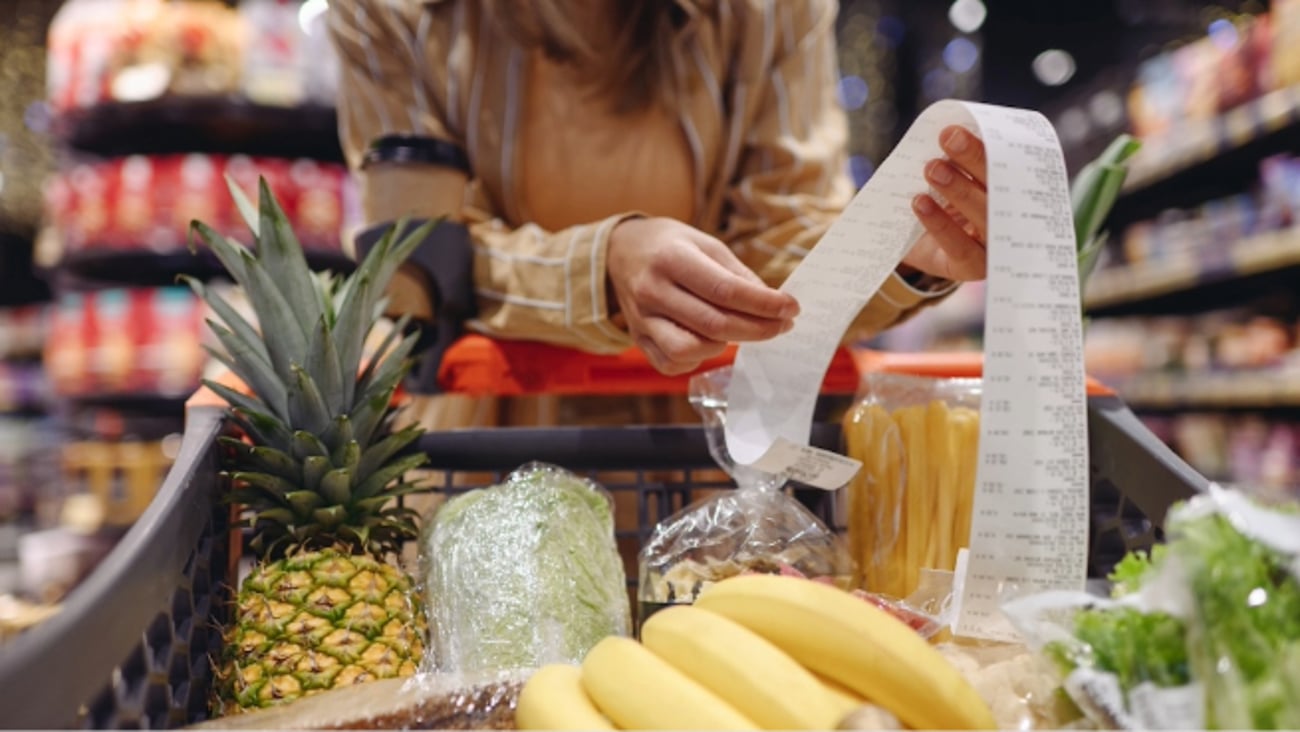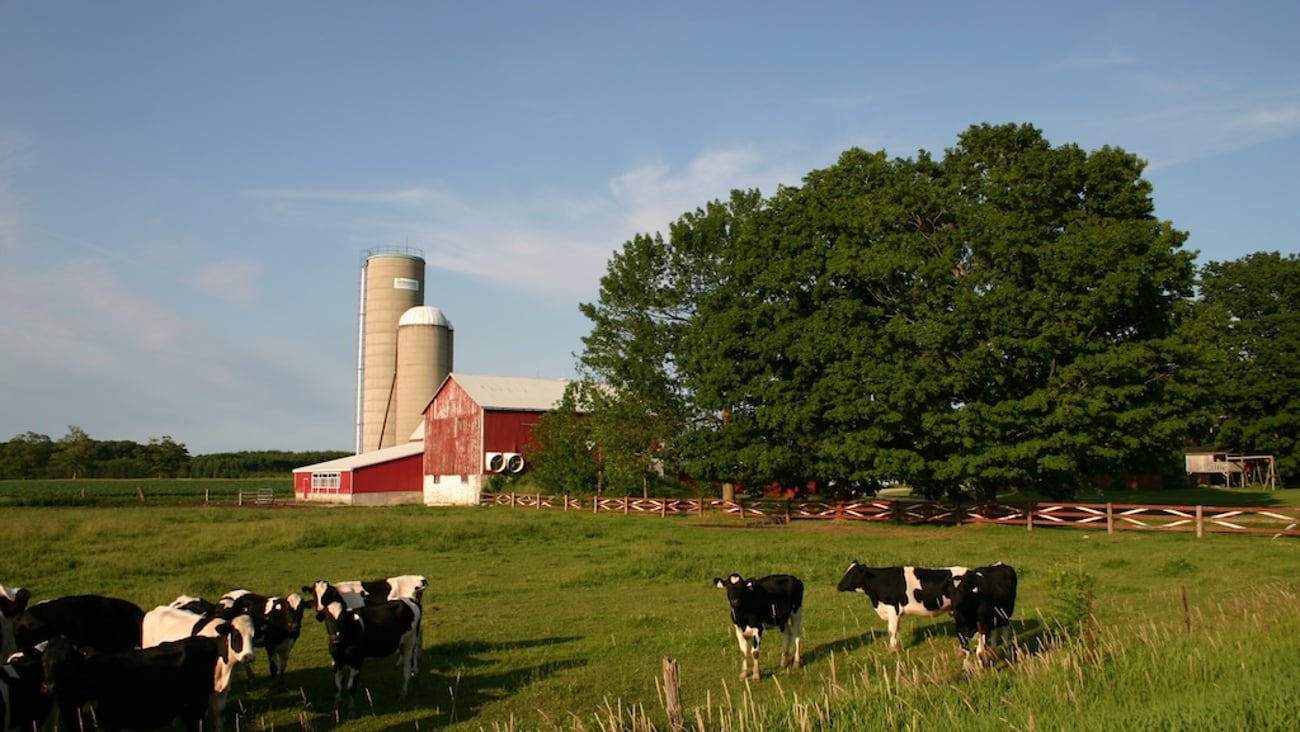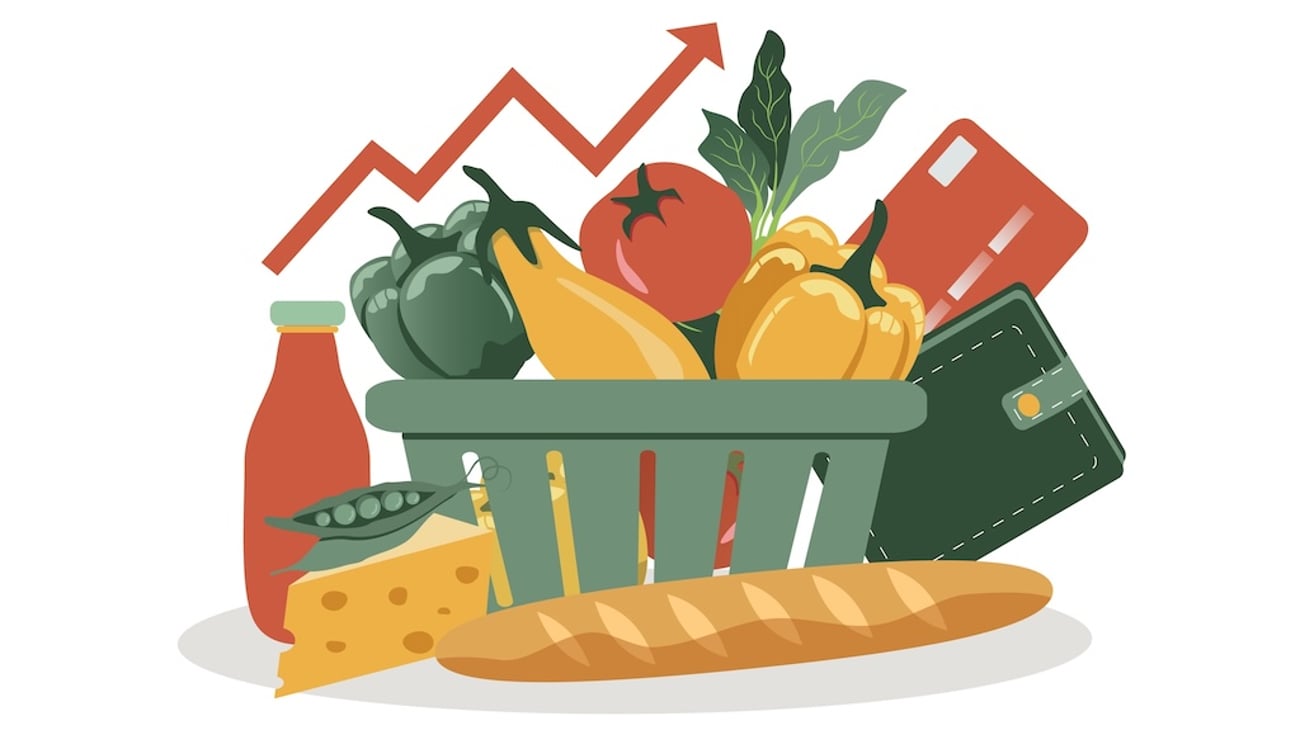Greenhouses and gardens a growing trend at grocery
Grocers are starting to sell plants in miniature greenhouses, installing garden rooftops, and some are even selling gardening equipment. The farm is essentially merging with food retail spaces. Quite interesting.
We are slowly witnessing the rise of the grow-cer, if you will. For years, customers believed in the myth that food just magically showed up at the grocery store. COVID got many to think differently about supply chains. Food is grown, produced, transported, packaged and retailed. With the addition of new “farmgate” features, for city dwellers, grocery stores are slowly becoming the gateway to an entire world most of us rarely see: farming.
Sobeys is one example of what is going on. The No. 2 grocer in Canada recently signed a partnership with German-based Infarm to get greenhouses into many outlets across the country. Infarm units were installed last year in B.C. but can now be found in many locations across the country. Infarm units enable Sobeys to offer pesticide-free herbs and produce grown hydroponically, which requires 95% less water, 90% less transportation and 75% less fertilizer than industrial agriculture.
Produce grown inside the store includes leafy greens, lettuce, kale and herbs such as basil, cilantro, mint and parsley. Expansion plans include chillies, mushrooms and tomatoes. The growing cycle for most of these averages five weeks.
While Sobeys does not have to worry about infrastructure and extra capital to change the allure of a store, it can get rid of these miniature vertical farms if proven unpopular or unnecessary. Works well for both Sobeys and the consumer. But it is not just Sobeys. Other grocers now have decent-sized vertical farms inside the store or close to them.
The gardening rate in Canada has gone up by more than 20% since the start of the pandemic. For consumers, growing their own food was about pride and taking control of their supply chain in some way. For many others though, gardening remains a luxury due to lack of space or time. Since a trip to the grocery story is inevitable for most of us, grocers are marrying farming with the retail experience.
Before COVID, farmers desperately tried to get closer to city dwellers, so their work can be appreciated. Campaigns over the years brought mixed results. Farming is still largely misunderstood by most. Debates on GMOs and the use of chemicals have also divided both urban and rural communities. City dwellers have always respected farmers and the hard work they do. But, many consumers who are/were looking for natural and organically produced goods have grown leery of farming in general. This has attracted the attention of environmental groups opposed to many farming practices.
Grocers are starting to realize that bridging two worlds under one roof can help elevate their roles as ambassadors to an entire supply chain. Farmers cannot be replaced, of course, but they cannot be in stores either. Seeing pictures of farmers on packages and posters is what we saw for years. It was nice, but it was not real. The hard work, and everything else that comes with farming, can only be properly conveyed when visiting a farm. Pictures likely will not disappear in grocery stores, but it does not really tell the whole story.
But the new grow-cer brings the imagery of farming in retail to a new level. Grabbing a living plant or produce off a living plant is certainly real and increasingly valuable for Canadians longing for local and for freshness. It can't get more local than growing it inside the grocery store.
While grocers sold food, processors manufactured the food, and restaurants provided us with ready-to-eat solutions before COVID, lines between sectors were already becoming blurred. The “grocerant” concept is one such example. Pre-COVID, consumers could sit down and enjoy a meal before or after their grocery shopping. Now grocers are becoming brokers, connecting different functions of the supply chain.
Food brokering for grocers is the next frontier for growth. No doubt about it. Whether it will last is unknown, but grocers are embracing the fact that they have the privilege to interact with consumers every single day. That privilege, now more than ever, comes with the responsibility of showing them the true value of food by becoming knowledge brokers. If it means growing more food in stores, so be it.




